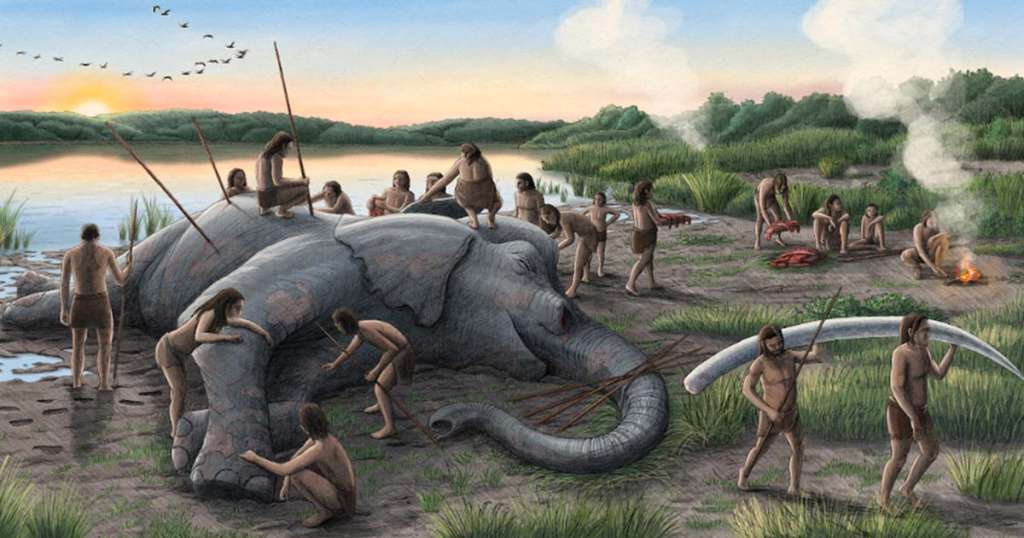Embarking on a journey into history, evidence from Germany dating back 125,000 years reveals Neanderthal’s as skilled hunters of colossal elephants, twice the size of their modern counterparts. This exploration not only illuminates the intricacies of Neanderthal society but also underscores their advanced hunting prowess, revolutionizing our understanding of ancient dynamics.
Exploring the Neanderthal Society
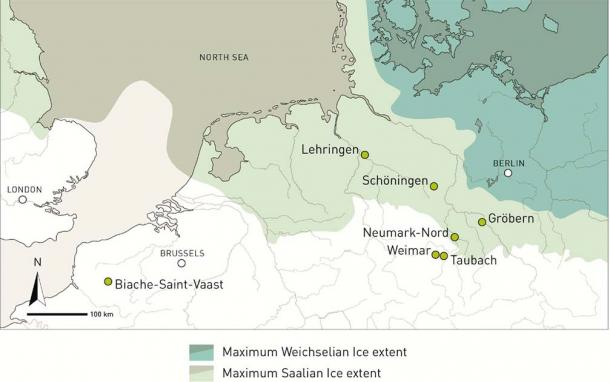
Our closest relatives, Neanderthals, showcased extraordinary skills in hunting some of the largest land animals of their time. The study, documented in the Proceedings of the National Academy of Sciences (PNAS), hints at a profound impact on Neanderthal society during interglacial periods, unveiling a level of organization and courage previously underestimated.
Tracing Footprints: Neumark-Nord and Beyond
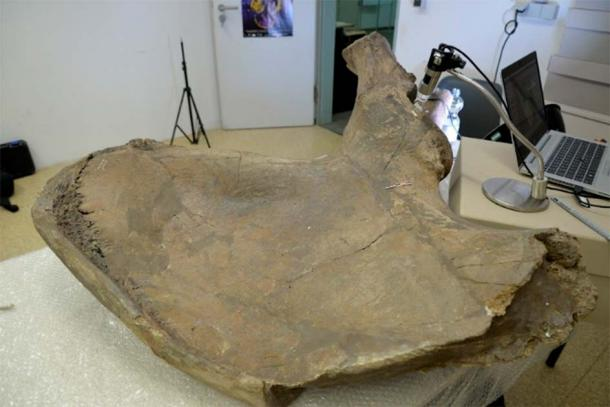
Professor Sabine Gaudzinski-Windheuser’s team at the MONREPOS Archaeological Research Center uncovered cut marks on straight-tusked elephants’ bones at Neumark-Nord 1 in Germany. Initial doubts about scavenging evolved into the conviction that these giants, weighing roughly 13 tons each, were indeed hunted. Extending the inquiry to Gröbern and Taubach, the researchers found a commonality in butchering patterns, affirming widespread Neanderthal engagement in elephant hunting.
Prime Cuts Strategy: Neanderthals and Adult Elephants
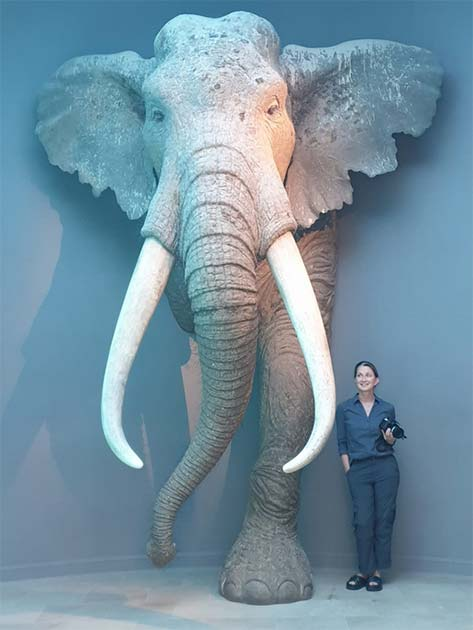
A significant revelation lies in Neanderthals’ preference for prime-aged individuals within fossil assemblages. Processing entire adult straight-tusked elephants, weighing up to 13 metric tons, could yield over 2,500 portions of daily calories. This not only hints at their capability to store substantial amounts of meat and fat but also suggests temporary congregations in larger groups than previously believed.
Defending the Feast: Neanderthals vs. Carnivores
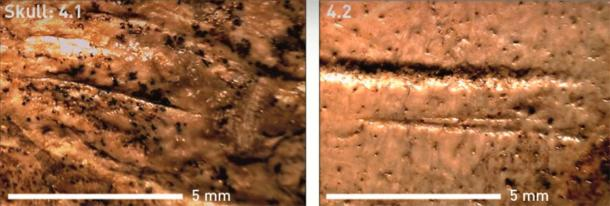
Tooth marks discovered at Taubach indicate the presence of large carnivores, emphasizing Neanderthals’ prowess in fending off competitors. Combining evidence from Gröbern and Taubach with Neumark-Nord, the likelihood of hunting as a characteristic activity during warmer eras gains credibility.
Challenges and Ingenuity: Maximizing Elephant Resources
Beyond the sheer thrill of hunting, questions arise about how Neanderthals utilized these massive beasts. Calculations reveal that a single Palaeoloxodon individual could cater to a Neanderthal’s daily calorie needs 2,500 times over. However, challenges in preserving the meat prompt speculation about unknown preservation techniques or large-scale congregations for resource consumption.
Neanderthal’s Society: A Settled Lifestyle?
The paper suggests a blend of possibilities—logistical constraints making transport impractical for small groups and the need for proximity during preservation, hinting at a settled lifestyle rather than constant nomadism. This challenges conventional views and prompts a reevaluation of Neanderthal societal dynamics.
Conclusion
Neanderthals’ mastery in hunting colossal elephants not only reshapes our understanding of their society but also highlights their resourcefulness and adaptability. This discovery adds a new layer to the narrative of human evolution, showcasing the remarkable capabilities of our ancient relatives.
